Carolina Caviar – A Visit to Atlantic Caviar and Sturgeon Company in Happy Valley, North Carolina
Fresh caviar should be bright, shiny, and whole. It should not appear smashed or dull. Like good quality fish, it shouldn’t smell fishy at all. It should smell of a sea breeze. There should be a uniform bead size: most are a yellow to golden brown color and should pop when eaten.
True aficionados believe caviar should be served simply. The caviar should be scooped with a Mother of Pearl spoon to avoid transfer of taste to the roe and often spread on the side of the hand to be eaten. A more formal serving is with blini (of Russian origin, it is a thin flat pancake prepared from batter and cooked on a hot frying pan) or toast points and lemon wedges.
The Atlantic Caviar and Sturgeon Company currently manage 16,000 sturgeons. They enter the facility in the nursery as eggs purchased from Germany and exit through the kitchen as thirty-five to fifty pound fish that are filets and the highly prized caviar. The fish is similar to swordfish in its firm texture and mild taste. The company also produces a smoked sturgeon.
It takes four years before the sex of the fish can be identified through sonograms. At that time the males and females are separated. The females are nurtured to maturity while the males meet the fate of the knife. Their meat is sold as filets. The Siberian sturgeon are best for smoking as they are fattier and larger in frame.
When it is time to harvest the roe, the fish are moved to the staging tanks. The length of day and amount of light puts the females into spawning mode. The company controls the time of spawning by regulating the light in the facilities. Each fish is removed from the holding tank, sonogramed, and the egg sac is biopsied to determine if the eggs are ready. A needle is inserted into the uterus to extract an egg sample. When the eggs are firm, and could potentially live without the female, the fish is harvested.
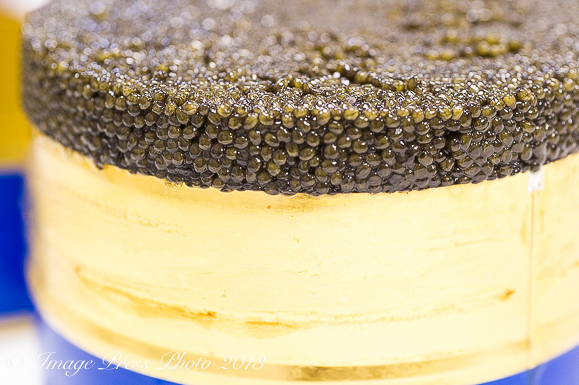
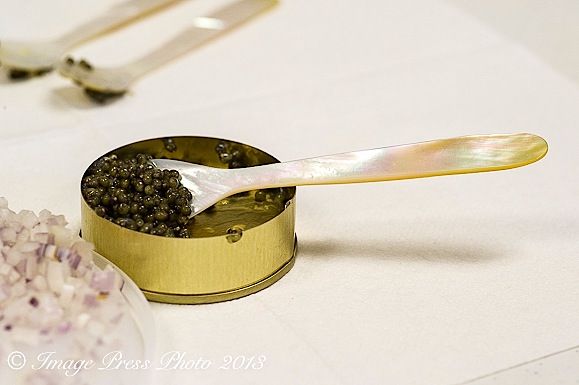
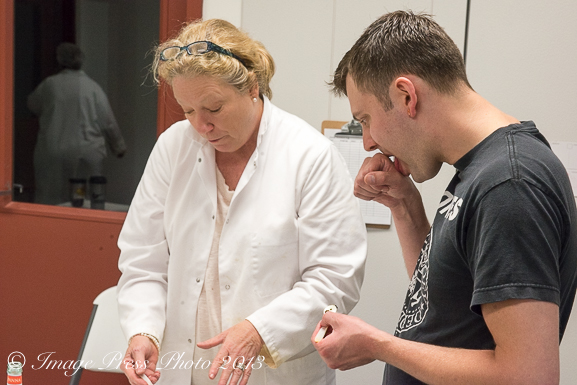
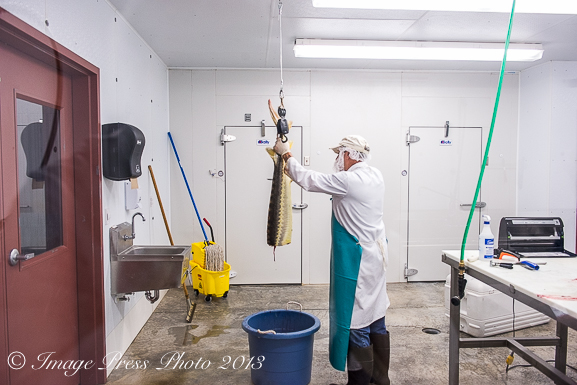
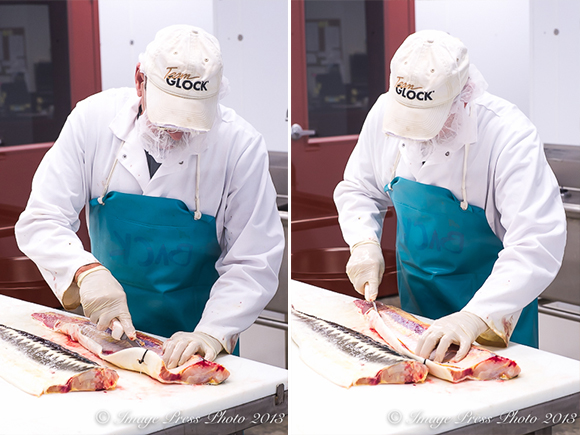
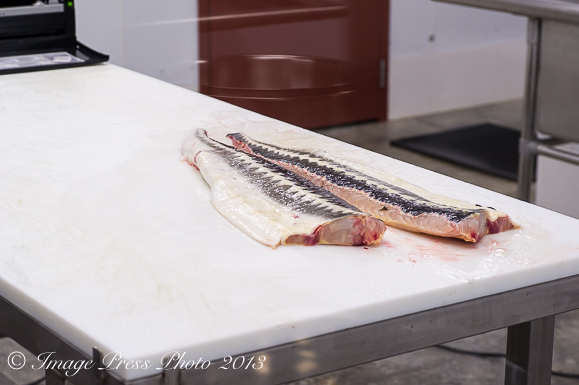
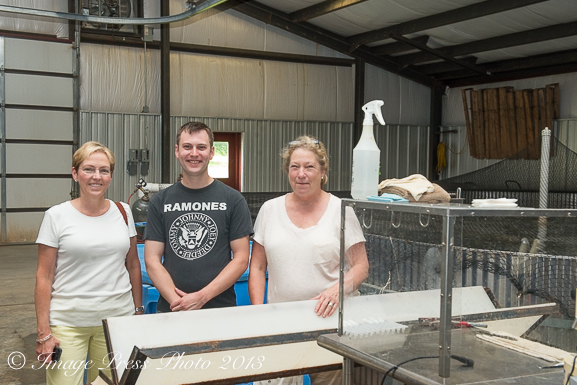
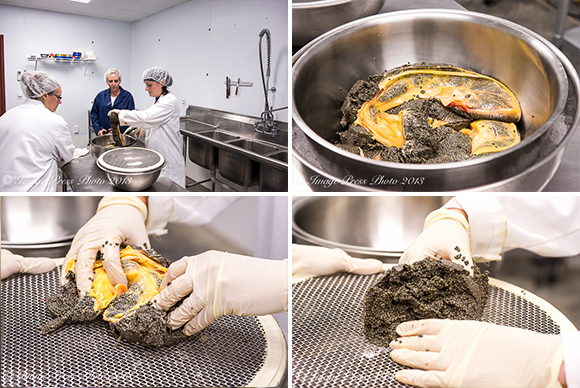
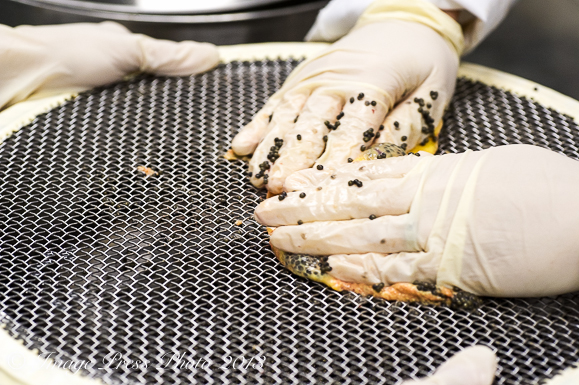
















Great article! I love this product!
I have read this post I am very surprised to know that there is a great business of Carolina Caviar production. You have done a great job by this post and I am happy to know all about it. Thanks a lot for sharing this information.
I’m surprised that is the article makes no mention of Bill White, the man who funded the entire caviar enterprise at the beginning. Indeed, it is located on Bill’s property. God rest your soul, Billy.
Hi Christine,
Bill White’s name is mentioned in the paragraph under the photo of the grow out barn.
Gwen